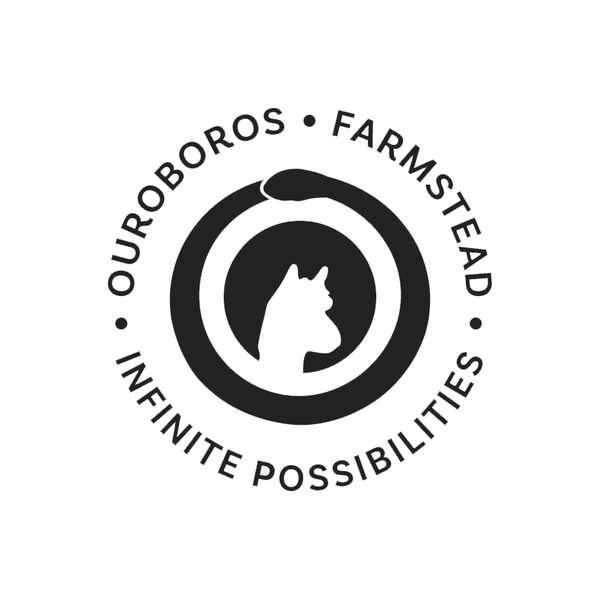About Permaculture
Permaculture as a design science
Permaculture is a sustainable design system that is based on the observation and mimicry of natural ecosystems. It is a way of designing human settlements and agriculture systems that work with nature rather than against it.
At its core, permaculture is about creating a regenerative and self-sufficient system that meets the needs of both people and the environment. It's a holistic approach that considers everything from the local climate, topography, soil type, water supply, and cultural context when designing a system.
Permaculture design is based on three core ethics: earth care, people care, and fair share. Earth care recognizes the importance of taking care of the natural world, while people care recognizes the importance of taking care of each other. Fair share means that we must share the Earth's resources equitably and not take more than we need.
Permaculture design is guided by a set of principles that help practitioners to design systems that are resilient, productive, and sustainable. Some of these principles include observing and interacting with nature, using renewable resources, minimizing waste, and designing for diversity.
One of the key concepts in permaculture design is the idea of zones. Zones are areas that are organized based on how frequently they are used and how much attention they require. Zone 1 is the area closest to the house, where plants that require the most attention are grown. Zone 5 is the farthest away from the house, where natural ecosystems are allowed to develop with minimal human intervention.
Another important concept in permaculture design is the idea of a guild. A guild is a group of plants, animals, and other elements that work together in a mutually beneficial way. For example, a fruit tree guild might include companion plants that attract pollinators, fix nitrogen in the soil, or repel pests.
In permaculture design, we also focus on creating closed-loop systems that minimize waste and maximize resource use. For example, we might design a system that uses kitchen waste to feed chickens, whose manure is then used to fertilize vegetable gardens. Water is also a precious resource in permaculture design, and we focus on harvesting and conserving water through techniques like rainwater harvesting and swales.
Overall, permaculture design science is about creating sustainable, regenerative systems that work with nature rather than against it. It's a holistic approach that considers everything from the local climate to cultural context when designing a system. By following permaculture principles and ethics, we can create systems that are productive, resilient, and sustainable for generations to come.
